In this article
If you’re interested in a specific type of dog but want to make a difference in the homeless pet population and save money at the same time, you might want to look into a breed-specific rescue. These groups specialize in dogs of a certain breed and possibly mixed dogs that contain that breed. They are more focused on the breed itself, so you can get the best information possible from the organization. If you’re looking for a certain dog breed but don’t want to buy from a breeder, here’s how to go about finding a breed-specific dog rescue.

The 5 Tips to Find a Breed-Specific Dog Rescue Group
1. Prepare for Potential Travel
The availability of certain specific breeds will vary from state to state. One state might have a breed-specific rescue for the dog you love, and your home state might not. There are over 200 dog breeds, and all 50 states won’t always have all of these dogs available. So, keep in mind that you may have to travel if you want a certain dog breed from a rescue.
2. Check Out These Reputable Resources
There are a few great resources to use to find breed-specific rescues. These have databases of rescue facilities that you can peruse and narrow down the list to places that are closest to you and have the breed that you want. Here are some of the most popular ones.
- AKC
The AKC has resources for all of the most relevant breed-specific rescues. It’s a terrific resource to use, it always has the dogs’ best interests at heart. The AKC takes pride in assisting rescues and shelters across the nation.
Its Rescue Network enables folks to connect for the betterment of dogs. You can explore all the different options, learn who to contact, and keep up with the latest news.
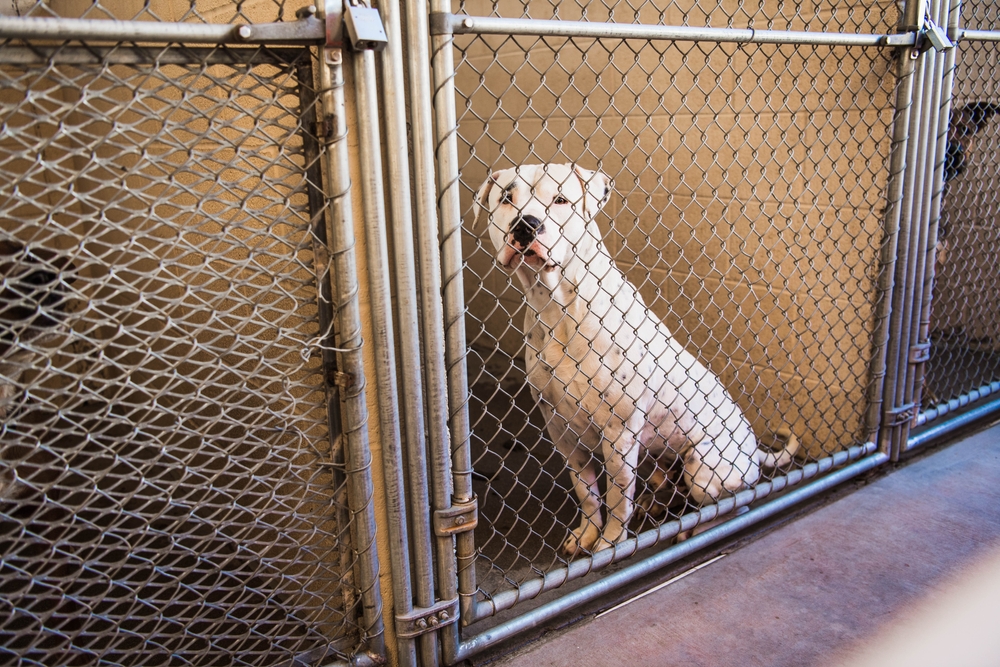
- Petfinder
Petfinder is a great resource for finding local rescues and shelters in your area. You simply type in your zip code along with the criteria you’re looking for, and a series of rescues, shelters, and other organizations will pop up with a list of available pets.
When you click the images that capture your attention, you can read more about the shelter or rescue and the pets themselves. You could also use the search bar to your advantage and get very specific.
You can also find breed-specific rescues by typing the dog’s breed into the search bar. A list of dogs around the area of that breed will pop up so you can connect them back to a place of origin.
- Google Search
If you type in your zip code and the search words, you can pull up a list of available shelters in your state. Finding a very specific breed might be a little difficult this way, but many common breeds are covered.
Some rescues also take three to five breeds. For example, one shelter might specialize in bully breeds, having Pit Bulls, Bulldogs, and American Staffordshire Terriers. Or a Bulldog-specific rescue might have both French and English Bulldogs.
If that is the case, the shelter is still specializing in certain dogs, making the care that much more direct.
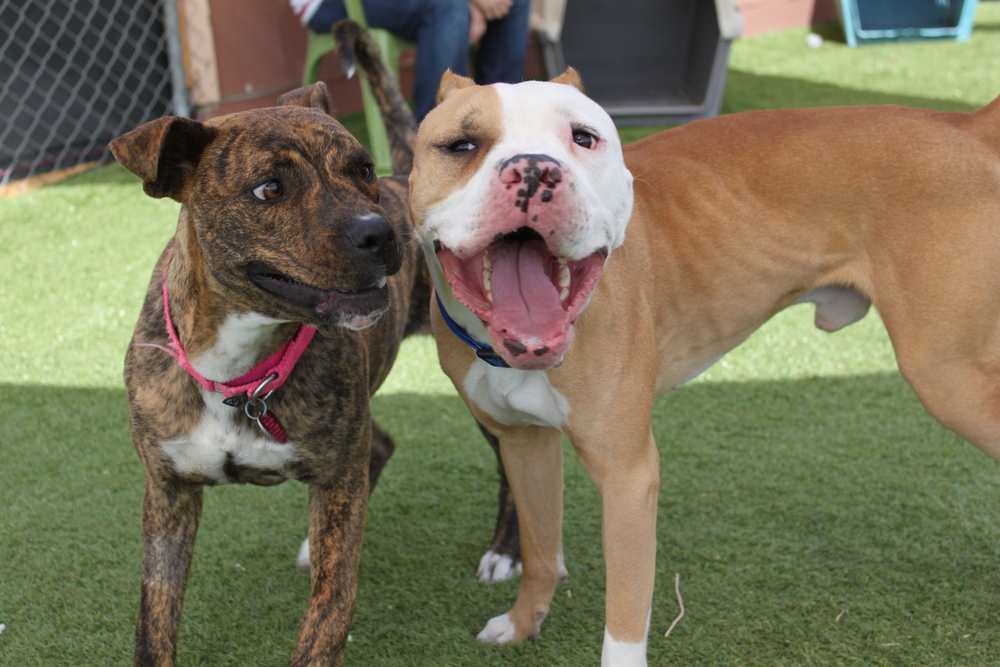
3. Call the Rescue(s) You’re Interested In
Once you’ve found a rescue you’re interested in, make sure to call to set up a visit, figure out what qualifications you need, and ask any initial questions you may have. For example, some rescues may require you to have a fenced-in yard in order to adopt a dog. You want to make sure you meet the requirements.
4. Visit the Rescue(s) in Person
If you meet the qualifications the rescue is asking for, it is also important to visit the rescue in person so you can see how the dogs are taken care of and meet and ask questions about any potential dogs you want to adopt.
You want to make sure the dogs are healthy and living in sanitary conditions. Any good rescue will be able to provide you with plenty of information about the dog you’re interested in, as well as health records for the dog. Keep in mind that the rescue may also ask for proof from you that you meet their qualifications for adoption.
Remember that many dogs in rescues have had a hard start to life, and they may be anxious or not well socialized. By meeting the dogs in person, you can make sure that you find one that is a good fit for you and your family and that you have what it takes to meet their needs.
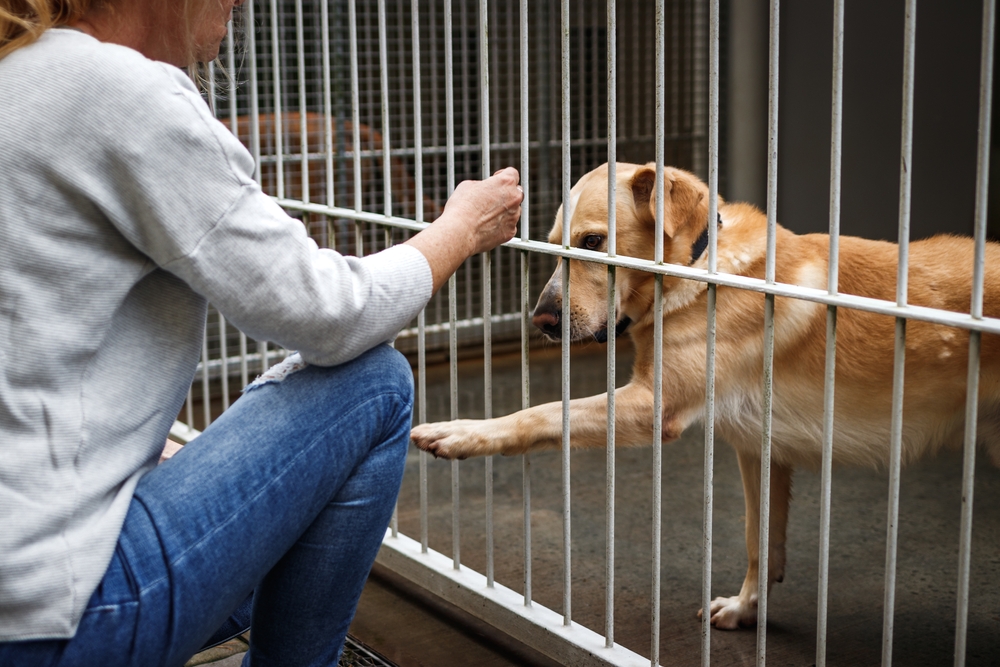
5. Adopt Your Dog
If you’ve found a dog that is a good fit, all that’s left to do is fill out the adoption paperwork, pay the adoption fee, and bring your dog home. Make sure that you have everything your dog needs upon bringing them home, including food, toys, a bed, and other supplies as needed.
Also, be prepared to follow up with a vet within a week of bringing your dog home, so you can verify their health and get them any needed vaccines, microchipping, and spay/neuter surgery if this wasn’t done before bringing your dog home.
Then, enjoy your new family member!

Why Should You Choose a Breed-Specific Rescue?
If you’re interested in a specific type of dog, choosing a breed-specific rescue is a wise choice. The people working at the rescue will be very familiar with the breed’s special attributes, and they’ll be able to pinpoint any issues or specifics.
A standard shelter is often overrun with various mixes, mutts, and breeds, so paying special attention to just one is hard. Also, many of the shelter workers have not had special education in the subject but are simply general caretakers. They might not understand the breed in its entirety.
Many breed-specific shelters have fewer available dogs and take very special care and closely watch these pups. Their knowledge is unbeatable, and they can guide you through the behavioral traits and common health issues of the breed so you know what to look for. Many of their dogs get the royal treatment and lots of time with other dogs and people.
Also, folks might have an affinity for a certain kind of dog that just so happens to make it to shelters more often than others. Examples are purebred Greyhounds that have retired from racing, and there are rescues just for these types of dogs.
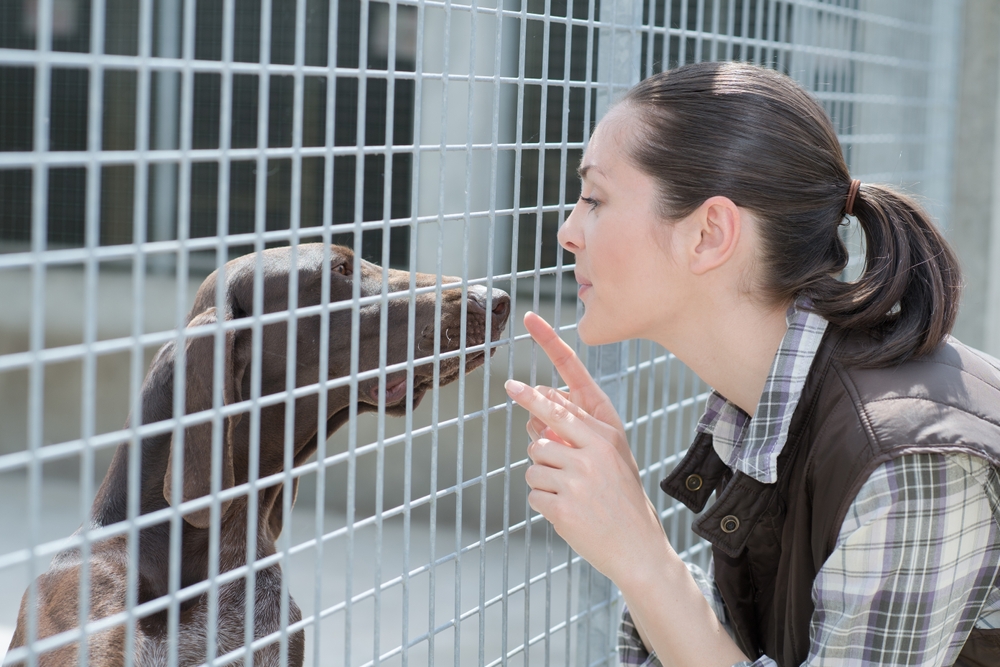
Common Shelter and Rescue Purebreds
So, which dogs make it to shelters more often than not? Here is a list of the most frequent visitors, according to multiple sources.

The 6 Things to Consider Before Adopting
Adopting is a big decision and should not be taken lightly. If you are still deciding whether to adopt, be sure to include these factors in your consideration.
1. Foster a Dog
Fostering is a terrific way to experience what it is like to care for a dog without a long-term commitment. It keeps these pups out of the shelter and in a more intimate setting so they can relax and become the best versions of themselves.
Getting a dog out of the shelter may be the only way to see their personality. It can really tell new families what to expect. It is a way to truly test them with other animals, children, strangers, and social settings. This way, you can give a real-life account of how they adapt.
Plus, you can also learn how it feels to have a dog in your home to see if it is something you’d want in the long term. Many people find it super fulfilling when they get into fostering. But once in a while, there is that dog you can’t imagine living without. For this reason, many families wind up fostering to adopt. This is referred to as a “foster fail.”

2. Educate Yourself About the Adoption Process
You can apply to adopt if you already have your heart set on a dog. Going to a breed-specific rescue can help prepare you to own them. Prices at these places can be a bit higher than at a normal shelter, even by several hundred dollars sometimes, but are still cheaper than going to a breeder.
As mentioned, rescues and shelters also have a list of criteria each adoptive parent should have, meaning there will be home visits, meet-and-greets with family members, vet reference checks, and possibly timely waits.
Families will often surrender dogs that they don’t have the finances or time to properly care for. Many of these dogs in rescues will have health issues or other special considerations. So, you must be willing to take on certain issues or prove that you have the time and resources to do so. You might be on waiting lists at breed-specific rescues for quite some time before being selected. Interest in one pet only sometimes guarantees you will get the one you want. Keep an open mind.
One downfall of adoption is that it doesn’t guarantee compatibility, no matter how many answers you give or home visits you make. An estimated 15% of all shelter adoptees will see the shelter again in their lifetime. So, adoption is certainly something you want to be 100% ready for to prevent any dog from coming back to the same situation.
3. Truly Consider Your Preparedness
You might think you’re ready for a dog, but you aren’t prepared for the time, energy, and financial burden that a pet can bring. Work hand in hand with the rescue to ensure you understand the nature of your commitment.
4. Give Your Pup Time to Adjust
Remember that you’re bringing a dog into a brand-new situation. They’re going to be very scared, uncertain, and simply not themselves. It takes approximately 3 months for the newcomer to be fully adjusted. So, remember that every dog can take less or more time than that.
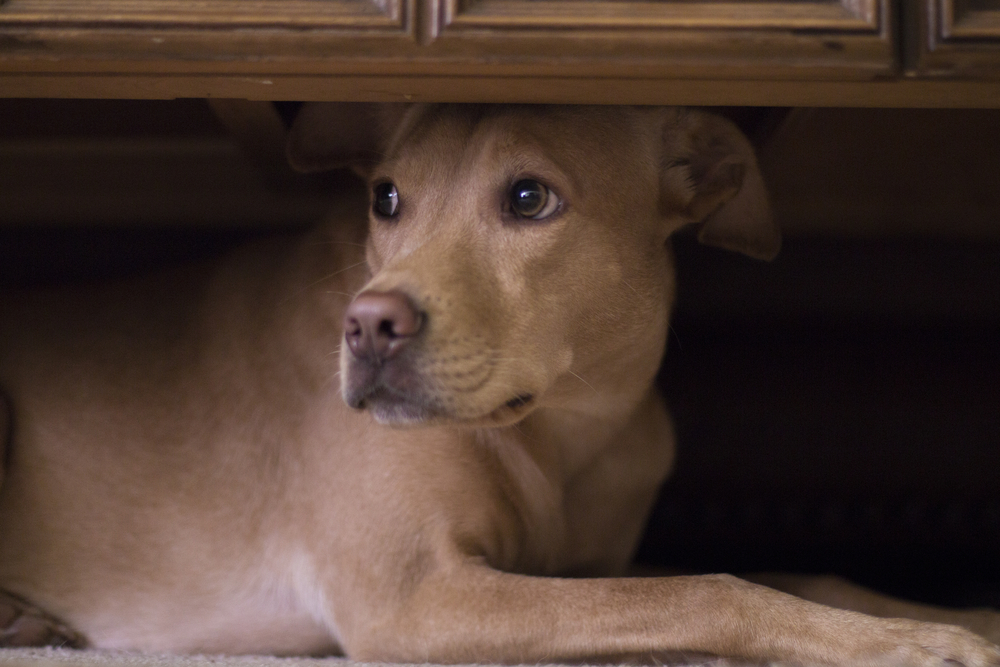
5. Let Them Warm Up to You
It’s really difficult to resist trying to push your love onto the new dog. After all, you just want them to feel comfortable and relaxed. However, if you are too overbearing, it can actually create fear or resistance in the relationship.
6. Start Socialization Right Away
While it might not be a good idea to take your dog to meet the entire family on the first day, you should put it on your list of to-dos. Start taking them on walks, introduce them to the dog park, and acclimate them to unfamiliar places within the first several weeks of owning them.
Obviously, you wouldn’t want to do this on the first day they’re home, as they are just adjusting to their brand-new life and might not be ready for extra stimulation quite yet. But after the first week, it’s time to start branching out.

Summary
Now that you understand how to locate breed-specific shelters, you can utilize your resources to find the dog you’re meant to have.
If you can’t find any breed-specific rescues in your state, you often have the option to acquire pets from different states if you’re willing to travel. If all else fails, you can also contact local shelters to see your options in that regard.
See Also:
- How Long Does It Take a Rescue Dog to Bond With You? Vet Approved Facts & Advice
- I Adopted a Dog and Now I Regret It: What You Should Do (Vet Answer)
Featured Image Credit: encierro, Shutterstock

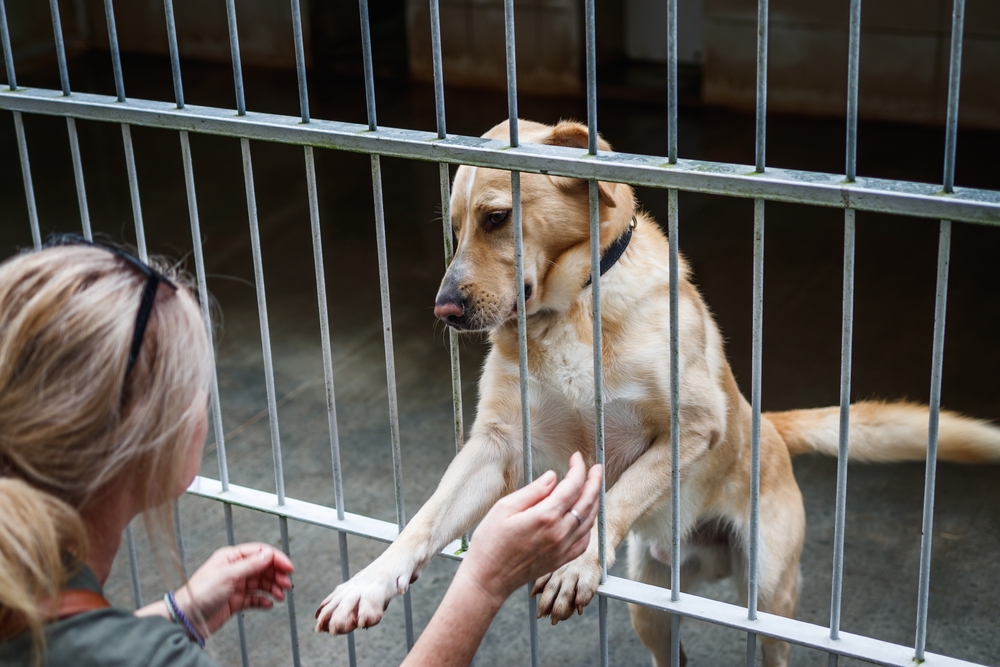


















2 Responses
I need to surrender my 5 year old pit. I cannot keep him in my new housing complex. .
Hello Wanda,
we are very sorry to hear this. It must be a very difficult situation for you. Hopefully you will be able to find a great new home for your Pit Bull, or some arrangement, that could work for everyone.
Best of luck!